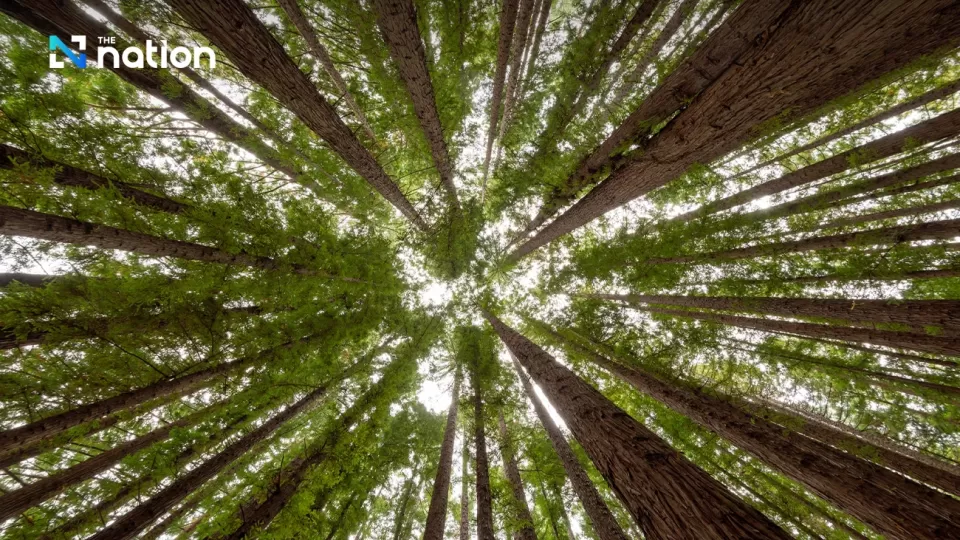February 29, 2024
BANGKOK – The bank attributed the loss of forested areas to the expansion of agriculture and industrialisation, which had reduced the world’s forests to about 30% of the liveable space on Earth, and comprising about 3 trillion trees.
Based on data from the World Bank, online publisher Visual Capitalist recently published visual data on the share of world forests by country, with many interesting results.
At the top of the list, Russia alone can boast more than one-fifth (20.1%) of the world’s forests. This is equal to 8 million sq. km. of forest, slightly less than half of the entire country.
In second place is Brazil with slightly more than 12% of total forests covering the land mass, close to 5 million sq.km., or more than 60% of the entire country. The biggest contributor to its forest cover is the Amazon rainforest, which has lost 237,000 sq.km. in the span of five years due to deforestation.
Canada is in third place with 3.46 million sq.km. of forests (8.6%) followed by the US in fourth with 3.09 million sq.km. (7.7%). Both countries have developed beloved national park systems aimed at protecting the natural biodiversity of the continent.
China rounds out the top five, with its 5.5% share or 2.2 million sq.km. Unlike other nations whose forest cover has seen a steady decline, China managed to in two and a half decades to increase its forest area by 511,807 sq.km., an area that exceeds the entirety of Thailand.
In sixth and seventh places, Australia and the Democratic Republic of Congo (DRC) each share 3% of the world’s forests at 1.34 and 1.25 million sq.km., respectively. The DRC is part of the Congo Basin, the world’s second largest tropical rainforest, and spanning five countries: Cameroon, Central African Republic, Congo, Equatorial Guinea and Gabon.
Indonesia (915,277 sq.km.), India (724,264 sq.km.), and Peru (721,575 sq.km.) round out the top 10 with a 2.3%, 1.8% and 1.8% share, respectively.
Thailand, meanwhile, does not make the World Bank’s top 10, or even top 20 list of the largest share of world forests. Data from the Royal Forest Department indicates that the kingdom had a total forest area of 162,909 sq.km. in 2023, a figure that has gradually dropped in recent years.
Three provinces — Nonthaburi, Pathum Thani and Ang Thong — lack a single sq.km. of forested area.
The World Bank study also noted that not all forests are created equal. Primary forests — forests undisturbed by human activity — are better carbon sinks and have greater biodiversity than human-planted ones.
Bahrain, Kuwait, Egypt and Libya are four countries in the world where human-planted forests account for the entire forest cover due to the extremely arid conditions that prevent forests from occuring naturally.
According to World Bank’s data, 82% of Thailand’s forest are primary ones while 18% are human-planted.


